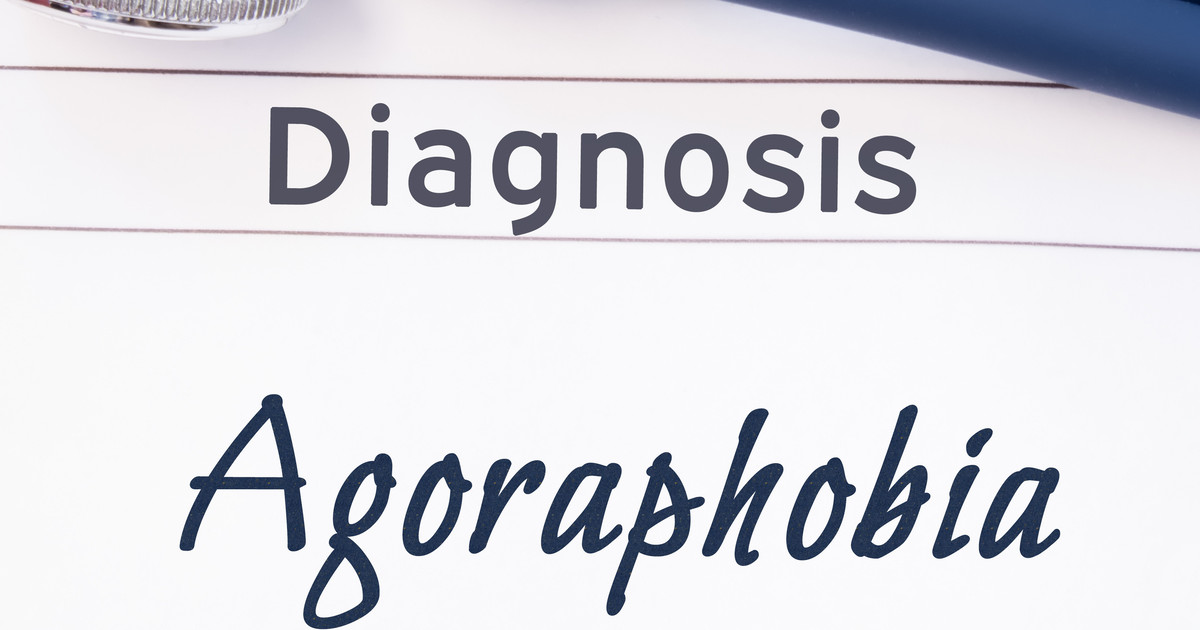Guide To Diagnosing And Treating Agoraphobia
Agoraphobia is a serious anxiety disorder that causes affected individuals to experience extreme fear of any situation in which they might feel embarrassed, helpless, or trapped. Some individuals develop agoraphobia after experiencing a traumatic situation they're afraid will recur, and some develop agoraphobia in addition to an already-existing anxiety disorder like generalized anxiety disorder or panic disorder. The exact situation a patient fears varies widely depending on the individual. Some of the most common situations include being in enclosed spaces, being in open areas, being in crowds, or standing in line at stores. Though agoraphobia is not technically the fear of going outside, some patients who suffer from it to a severe degree may isolate themselves and avoid leaving the house.
With this in mind, get familiar with how agoraphobia is diagnosed and treated now.
DSM-5 Criteria For Agoraphobia

Agoraphobia is a more common anxiety disorder than many individuals realize, with studies indicating about two percent of the United States population will experience it at some point in their lives. This equates to about one out of every fifty individuals. There's also another study that indicates adults over sixty-five years old have a higher prevalence, with more than ten percent having some form of the disorder. This may be because getting older leads to a greater fear of helplessness and lack of independence. Eighty-seven percent of patients diagnosed with agoraphobia will also have another psychiatric disorder, which is often another anxiety disorder or a form of depression. In the past, agoraphobia and panic disorder were considered the same condition. However, the DSM-5 has now separated them. For an agoraphobia diagnosis, a patient needs to experience anxiety or fear due to at least two situations including riding public transit, being in enclosed areas, being in open spaces, standing in crowds, standing in line, or being alone when outside the home. They must avoid the situations as they are afraid of panic, and the fear must be disproportionate to the potential danger.
Learn more about diagnosing agoraphobia now.
Interview With A Mental Health Professional

Even if an individual doesn't avoid leaving the house entirely, they may still have agoraphobia if their fear of these situations causes them to avoid day-to-day activities. If an individual's hobbies or social life are impeded, it's important for them to talk to a mental health professional about treatment. During an interview with a mental health professional, the patient will be asked a series of questions about their symptoms. This will help the professional determine if they meet the diagnostic criteria for agoraphobia, a different anxiety disorder, or another psychiatric condition. Patients might be diagnosed with agoraphobia in addition to one or more co-occurring psychiatric conditions. he professional will also ask questions about the patient's physical health history and family history to determine if their symptoms might be caused by an underlying physical condition instead. Even if patients aren't diagnosed with agoraphobia specifically, the mental health professional can help determine what is causing the feelings of fear and anxiety. From there, they'll help develop a treatment plan.
Learn about treating agoraphobia effectively now.
